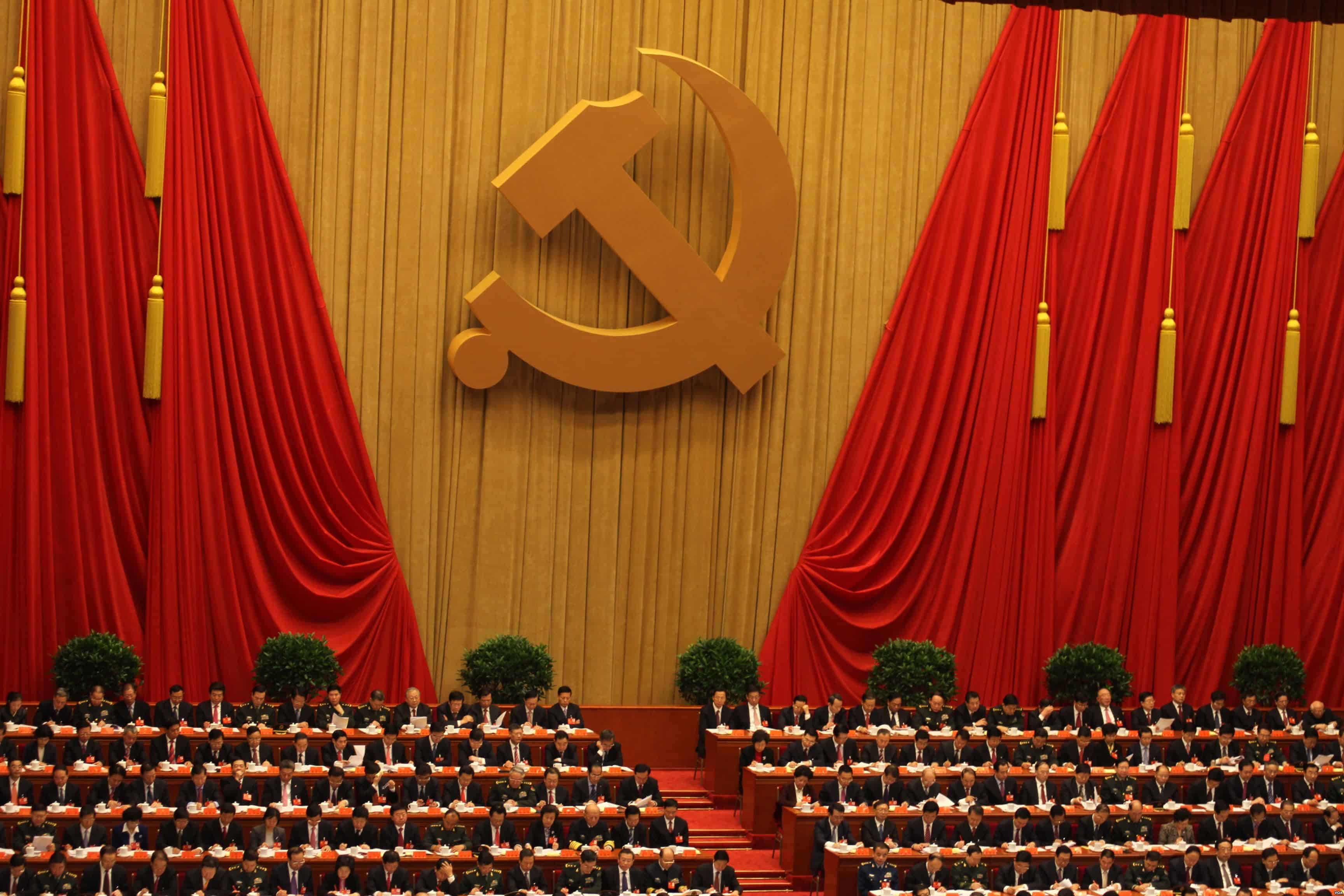The launch of new rules governing investment in securities futures by qualified foreign institutional investors (QFII) in China is expected to further expedite the opening of the Chinese capital market.
On 25 September the Chinese central government issued the “Qualified Foreign Institutional Investor and Renminbi Qualified Foreign Institutional Investor Domestic Securities Futures Investment Administrative Measures” (合格境外机构投资者和人民币合格境外机构投资者境内证券期货投资管理办法), which is scheduled to come into effect on 1 November 2020.
The Chinese central bank said that the new Measures would “reduce the threshold for entry, gradually expand the investment scope and strengthen ongoing supervision and administration, as well as further raise the level of foreign opening of the capital market.”
The new regulations encompass three key changes:
- QFII and RQFII qualifications and regulations have been unified and the entry requirements have been loosened. The restriction on the numbers of entrusted intermediary institutions has also been cancelled, and data submission requirements have been reduced.
- QFII’s and RQFII’s are allowed to invest in securities listed on China’s National Equities Exchange and Quotations System, as well as privately offered investment funds, financial futures, commodities futures and options. They are also allowed to participate in bond repos, as well as margin securities lending and securities refinancing loan transactions on securities exchanges.
- Strengthen cross-market supervision, cross-border supervision and administration and across-the-board supervision and administration. Strengthen punishments for regulatory breaches, and refine applicable regulatory measures for specific breach conditions.
Domestic analysts expect the rules to further attract the participation of more foreign investors in China’s securities futures market, and expand the international influence of China’s capital markets as well as further drive internationalisation of the renminbi.
Yang Delong (杨德龙), chief economist at Qianhai Kaiyuan Fund, said that the new regulations served to greatly expand the QFII/ RQFII investment scope and targets and simplify investment procedures.
Yang expects their implementation to attract more overseas capital into the domestic market, providing the Chinese capital market with additional stable funds for long-term growth.
Data from Hithink Flush iFinD indicates that there are currently 322 foreign institutions who have obtained USD$115.98 billion in investment quotas under the QFII scheme, as well as 231 foreign institutions that have obtained 721.992 billion yuan in investment quotas under the RQFII scheme.
Central bank data indicates that in the first half of 2020 investment via the QFII and RQFII schemes as well as the Shanghai-Hongkong and Shenzhen-Hong Kong stock connect schemes collectively totalled 2.5 trillion yuan, accounting for around 4% of all A-share market value, and 9% of freely circulating A-share market value.
As of the end of the second quarter the market value of QFII-held A-shares was 770 billion yuan, for an increase of 14.4% compared to the end of 2019.





[…] disso, desde o início de novembro, a China combinou os dois principais programas (QFII e RQFII) que permitem investidores institucionais investirem no país, relaxando alguns requerimentos para […]
[…] disso, desde o início de novembro, a China combinou os dois principais programas (QFII e RQFII) que permitem investidores institucionais investirem no país, relaxando alguns requerimentos para […]
[…] disso, desde o início de novembro, a China combinou os dois principais programas (QFII e RQFII) que permitem investidores institucionais investirem no país, relaxando alguns requerimentos […]
[…] disso, desde o início de novembro, a China combinou os dois principais programas (QFII e RQFII) que permitem investidores institucionais investirem no país, relaxando alguns requerimentos para […]
[…] disso, desde o início de novembro, a China combinou os dois principais programas (QFII e RQFII) que permitem investidores institucionais investirem no país, relaxando alguns requerimentos para […]
[…] disso, desde o início de novembro, a China combinou os dois principais programas (QFII e RQFII) que permitem investidores institucionais investirem no país, relaxando alguns requerimentos para […]
[…] disso, desde o início de novembro, a China combinou os dois principais programas (QFII e RQFII) que permitem investidores institucionais investirem no país, relaxando alguns requerimentos para […]